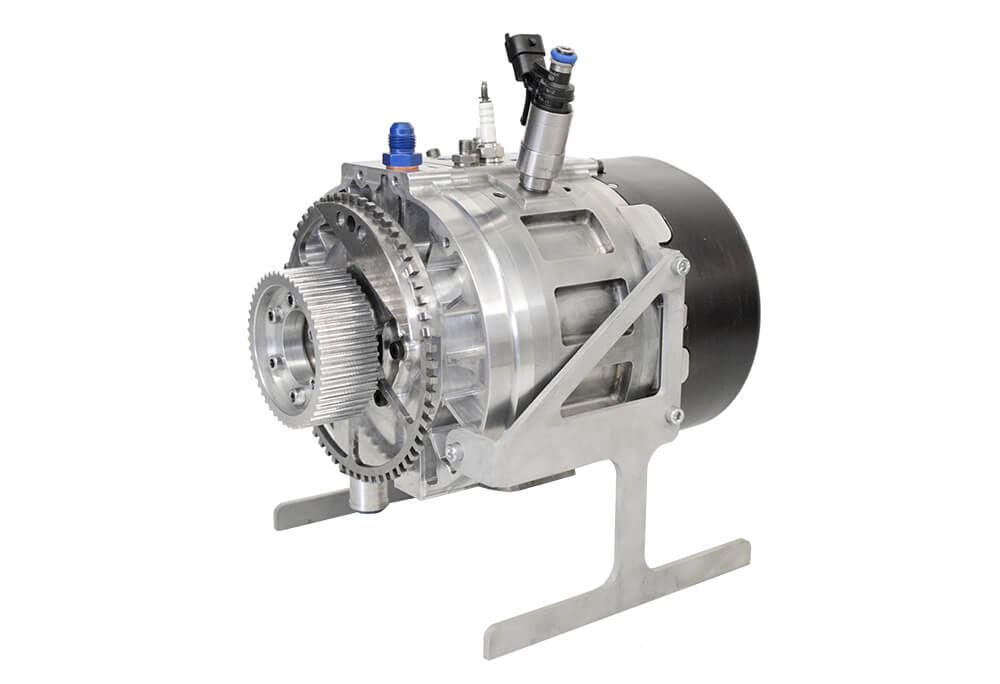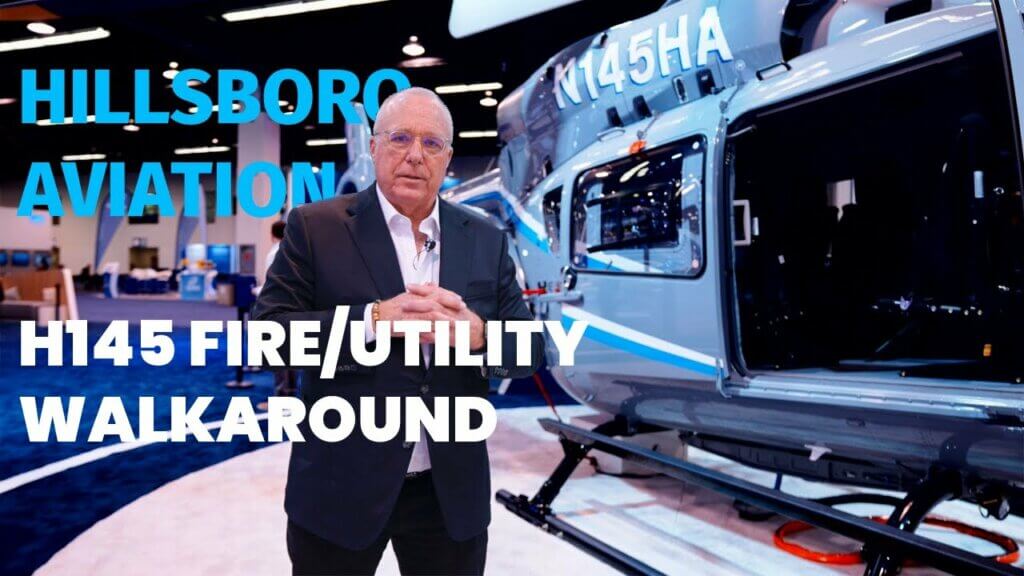The 3W-180 SRE hybrid engine is unique in the drive technology for unmanned aircraft systems (UAS).

The engine features 180 ccm and a short-engine mass of 6.8 kilograms. Its high-power version achieves 38.5 horsepower at 7,500 rpm (rated power is 28 horsepower at 6,000 rpm). A 5.66 horsepower/kilogram power-to-mass ratio with a consumption of 340 grams/kilowatts at full load results from this.
The hybrid system, which feeds in 15 kilowatts for a certain time independently of the storage system’s capacity, is unique. This additional power can be drawn upon when starting a helicopter or during the acceleration of a fixed-wing aircraft.
“This hybrid system, as well as the very good power-to-mass ratio, opens up entirely new possibilities for us,” said CEO Karsten Schudt. Since the engine isn’t sold as an individual engine, but instead only as a complete drive unit, a few projects are approaching completion at year’s end.
“The engine must be adapted exactly to the UAS in order to optimally extract the former’s power,” he added. “This time we’re working closely with our customers.”
The Wankel engine’s construction is compact with few moving parts. The degree of mechanical effectiveness is therefore favorable since there are few friction losses. The compact construction enables greater power density with light weight and modest space requirement. Displacement is smaller compared to other internal combustion engines.
Nonetheless, the Wankel engine offers high power and torque with very low-vibration engine operation. In contrast to the Otto engine, the Wankel engine consumes less fuel at high rotational velocity. It can be driven with both gasoline and heavy fuel (HF).
“It’s precisely the high power with low mass and consumption that render the engine especially interesting for helicopter applications,” said Schudt. Important manufacturers of unmanned helicopters contacted 3W-International in the months following the initial launch.
“Specific requests are on the table, and we assume that we’ll implement a few of them in 2018,” confirmed Schudt.
Helicopters in particular need high rotational speeds climb and hover.
The same is true for hovercraft. The Hessian engine builder also receives requests from this product segment. The engine was moreover in demand as a generator system for additional applications outside of the UAS industry. So for construction machinery, the intent is to use the Wankel engine as a generator to ensure the power supply when the actual drive motor isn’t being used.
An additional new target group is thinking about deployment as a small, flexible generator unit on maneuvering areas, at large events, in civil protection, and on large construction sites.
“We’re glad that the engine has a broad application spectrum and can be used in a multitude of vehicles. It doesn’t matter to us whether it finds application as a drive or as a power generator,” said Schudt.
The engine is in demand both in military and civilian application areas. Noise emission has repeatedly been an aspect, especially in military applications.
“Customers complain that noise reduction for Wankel engines is too involved. By reason of our own development possibilities, we’re able to develop silencers, among other things, for each engine that comply completely with our customers’ specifications,” he continued, describing the development portfolio.
Observing silencer volume for the engine is particularly important here, “otherwise the muffler diminishes the engine’s power.”
That’s why the engine-silencer combination that optimally exploits the silencer’s effectiveness without having to worry about diminishing the engine’s power in the process can be sought out for each engine. Rotational speed in operation is crucial in this connection.
“This is one reason why we work closely together with our customers during the engine’s initial integration,” concluded Schudt. “Our customers very much appreciate the fact that they thus profit from our experience and in part realize more rapid project implementation.”









